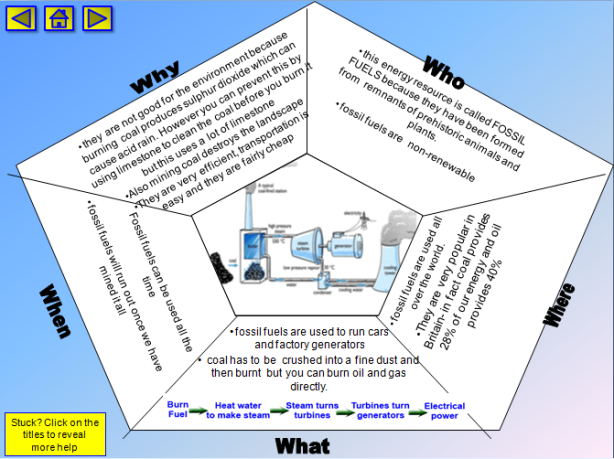I have always been excited by the amazing potential of Deep Zoom in Education ever since I was given a demonstration by Stuart Ball (Microsoft Innovative Teachers Network, @innovativeteach on Twitter), when he showed me what the Hard Rock Cafe’ did for it’s Memorabilia. I tried to use the Deep Zoom Composer across the network in my School, but it did not work (apparently it conflicts with our RM network, any suggestions?). So, I was apparently stuck, but I wasn’t ready to give up yet and coming to a unit on Reproduction with my Yr 7 class I came up with a simple solution, which proved the inability to use the composer on individual PCs to be a blessing rather than a curse.
The objectives of the project:
– To develop interdependence through a collaborative project in which all learners had to take into account the needs and objectives of other groups
– To encourage collaboration between different groups by getting my pupils to develop and peer teach different aspects of Reproduction
– To enhance Communication Skills through the creative and collaborative use of Deep Zoom, Community Clips and Movie Maker
– To develop Thinking Skills by developing the project using the TASC Framework
The management of the project:
In the first lesson the groups were introduced to the project and were given an area of Reproduction to develop. All the work undertaken by the groups was their independent work and research and was carried out using the TASC Framework (see the TASC section below). In the second lesson one member of each group could use a PC to research appropriate images and diagrams to use in the whole class Deep Zoom composition, while the other members of the group continued the preparation of their displays and presentations. In the third lesson each group took it in turn to add their pictures to the Deep Zoom composition while the other groups worked on the scripts for their presentations. This was a very important part of the project, because, in composing a whole class Deep Zoom, each group had to take into account the contributions of other groups and make sure that their interventions would not affect negatively the work of others. This approach developed interdependence, creativity, flexibility and adaptability skills, and of course ICT skills, as every learner could use Deep Zoom Composer. In the last lesson each group used the Deep Zoom Composition made by the efforts of the entire class and zoomed in and out the relevant parts while they were explaining their topic to the class. They also recorded their presentations using Community Clips, but at this stage we became aware of a challenge. When they zoomed in or out Community Clips would skip a short bit of the narration, so when we played back the first clip, we realized we needed to pause between each zooming action. That has slowed down the narration a bit and it doesn’t sound as fluent as it could have been, but the results were still very good. The groups’ presentations could then be edited in Movie Maker to minimize the pauses introduced because of the above problem.
The impact on my students:
During the project I could witness a maturity I had not noticed before in my pupils. The class I run the project with behaved in a more responsible way than they had previously done in other projects not involving Reproduction and they were genuinely interested in discovering how their body works. I also noticed much improved behavior compared to the classes I taught Reproduction to in the past and I believe this is due to the collaborative nature of the project and the ownership the learners had not only on the format (as they could choose and collate their own photos in Deep Zoom), but also on the content, as they conducted all the research and produced all the resources they needed themselves (all I gave each group was a topic to develop). This proved to be successful, because many groups found interesting information that the usual text books did not have and that was a curiosity or a concern for some members of the group. In that my pupils were not only consuming knowledge, but became creators of a knowledge that better suited their needs and those of their peers. In addition, retention of these concepts was much higher than in the past and pupils from different groups could recall many aspects of the topics not developed by themselves, or their group.


















